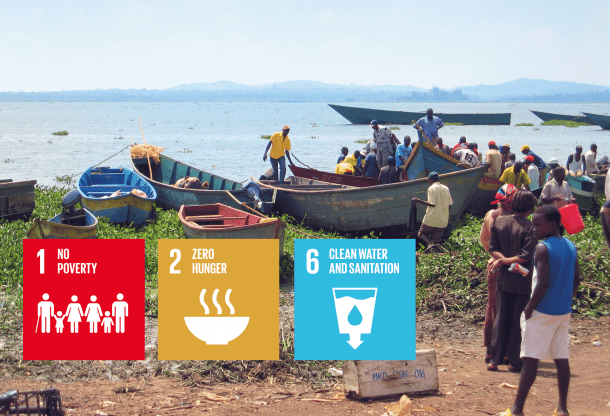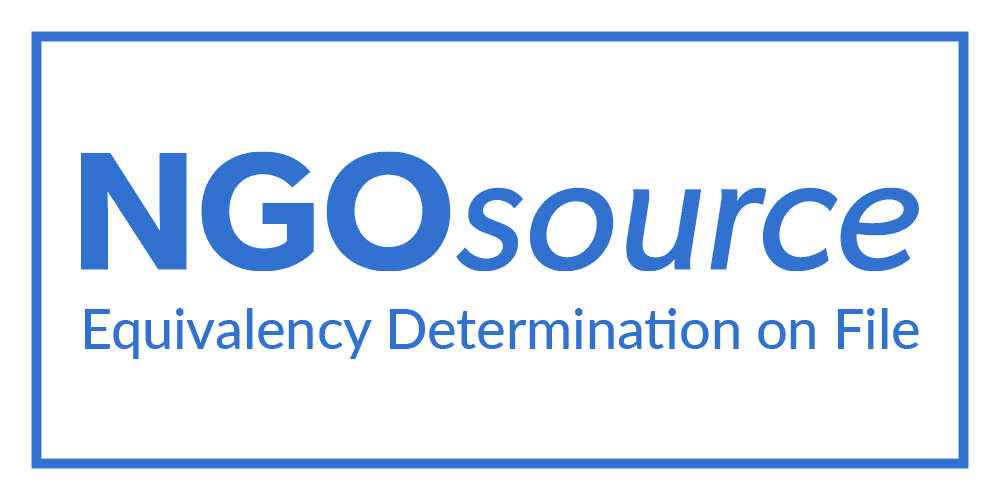WMO Highway

High Impact Weather Lake System (HIGHWAY) Project
Africa’s development, climate and resilience agendas are inextricably linked. Statistics show that about 90% of all natural disasters on the continent are weather and climate driven. Hydro- meteorological disasters that include floods, droughts, tropical cyclones, lightning strikes and landslides continue to cause heavy damages and loss of livelihoods and lives. With the advent
of climate change, these disasters will likely only increase in frequency and intensity. The economic cost of recorded weather related disasters in Africa in the last 20 years is conservatively estimated at 10 Billion USD given widespread under-reporting of losses. Climate change alters weather patterns and causes an increased number of severe weather and extreme climate events, impacting heavily on the world’s poorest and most vulnerable communities.
It is against this backdrop that the HIGHWAY – HIGH impact Weather lake system – project will address the need for improved, accurate early warning system, which is co-produced between scientists and users, to prevent deaths and damage due to severe convection and strong winds on Lake Victoria and in the East African Region. HIGHWAY aims to establish a Regional Early Warning System (EWS) for the East Africa Region by working through mandated institutions from the international, regional and national levels to ensure the Regional EWS is effective and sustainable. These institutions include NMHSs in East Africa, namely Kenya, Uganda, Tanzania and Rwanda; the Lake Victoria Basin Commission (LVBC) and the East African Community (EAC). The programme will be the driving force for triggering the Lake Victoria Basin into economic development.
Objectives
- Have an established, effective institutional framework for an Early Warning System (EWS) for the East Africa Region
- Strengthen integration between producers and user to develop innovative, accurate tailor-made EWS products through co-production for the East African Region, mainly through activites focused on fellowships and knowledge transfer
- Improve methods and strengthen capacity for communication and promoting understanding and use of EWS products with relevant producers, technicians, forecasters, intermediaries and users in the East African Region
Outcomes & Impact
The outcome indicatiors are:
- The number of National Meteorological and Hydrological Services (NMHSs) accessing new/improved EWS for improved decision making
- The number of households and institutions able to access and use new or improved EWS information
The expected impact of the project is an increased use of weather information to improve resilience and reduce the loss of life and damage to property supporting sustainable economic development in the East African Region.
The impact indicators are:
- The number of people with improved resilience resulting from the use of EWS
- The value of avoided losses due to use of climate information

